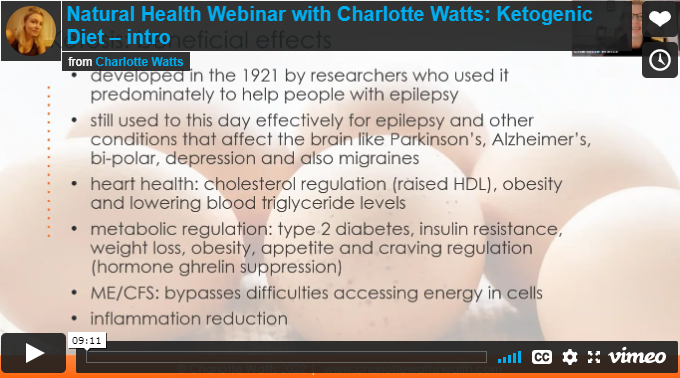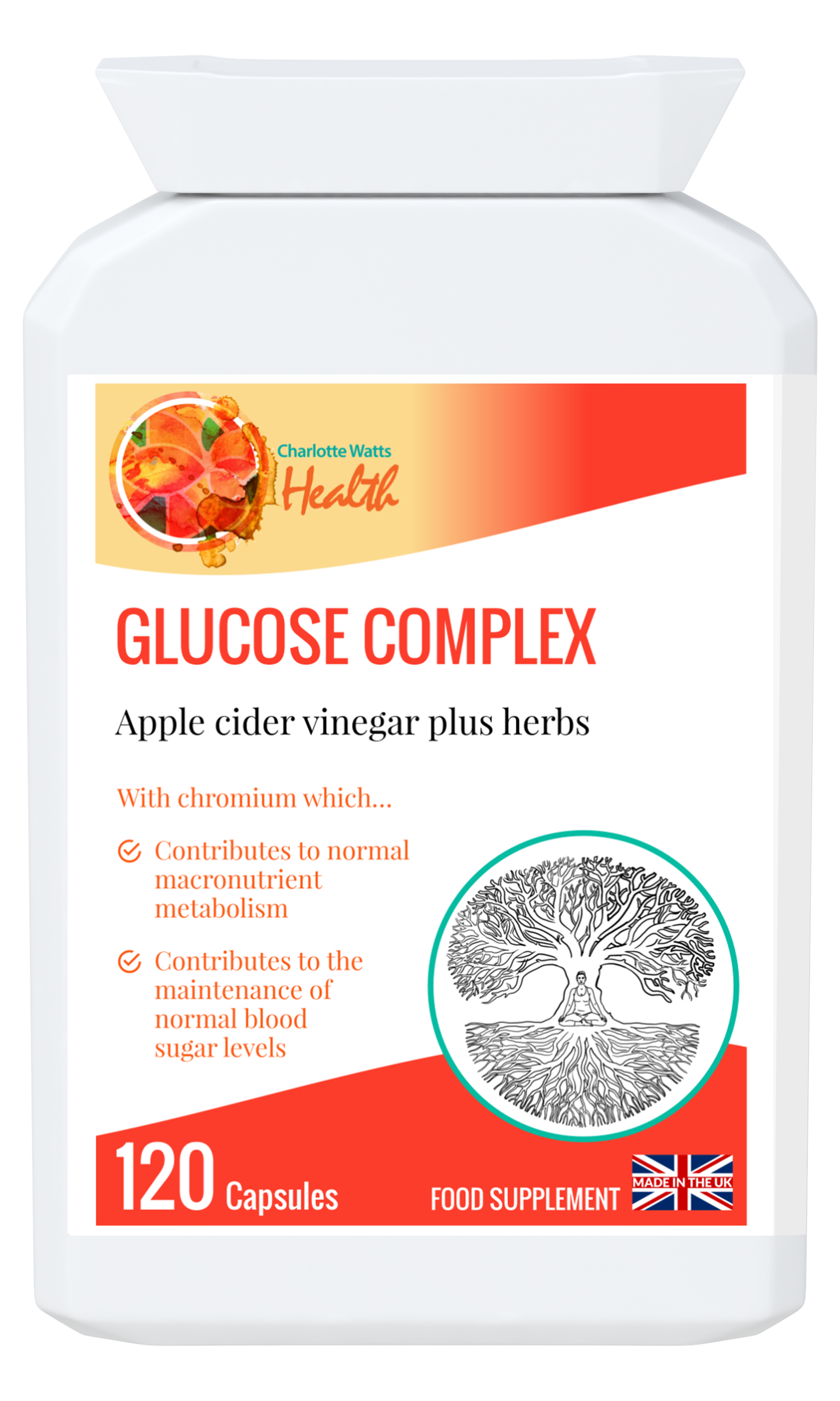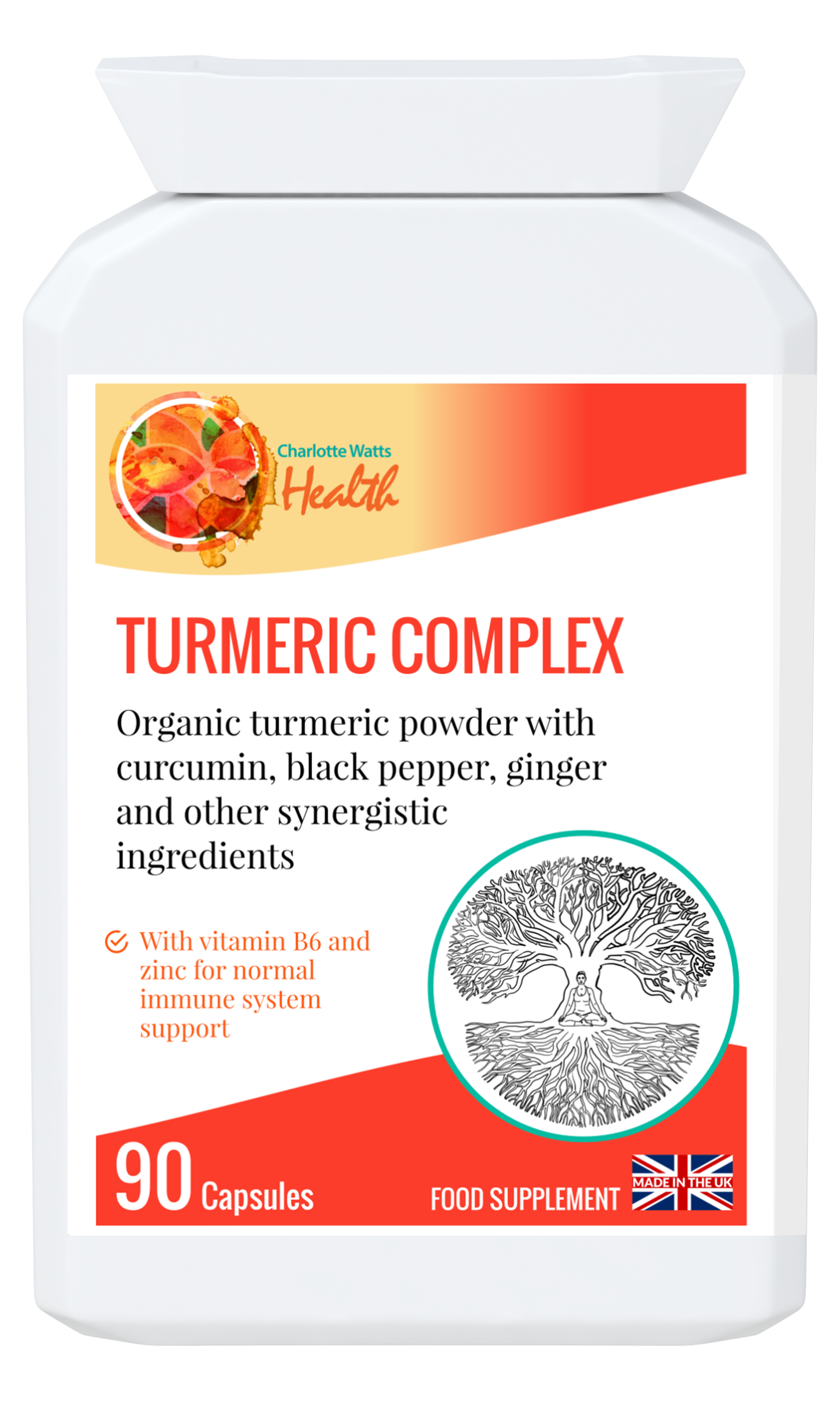All About Sugar Cravings
May 09, 2022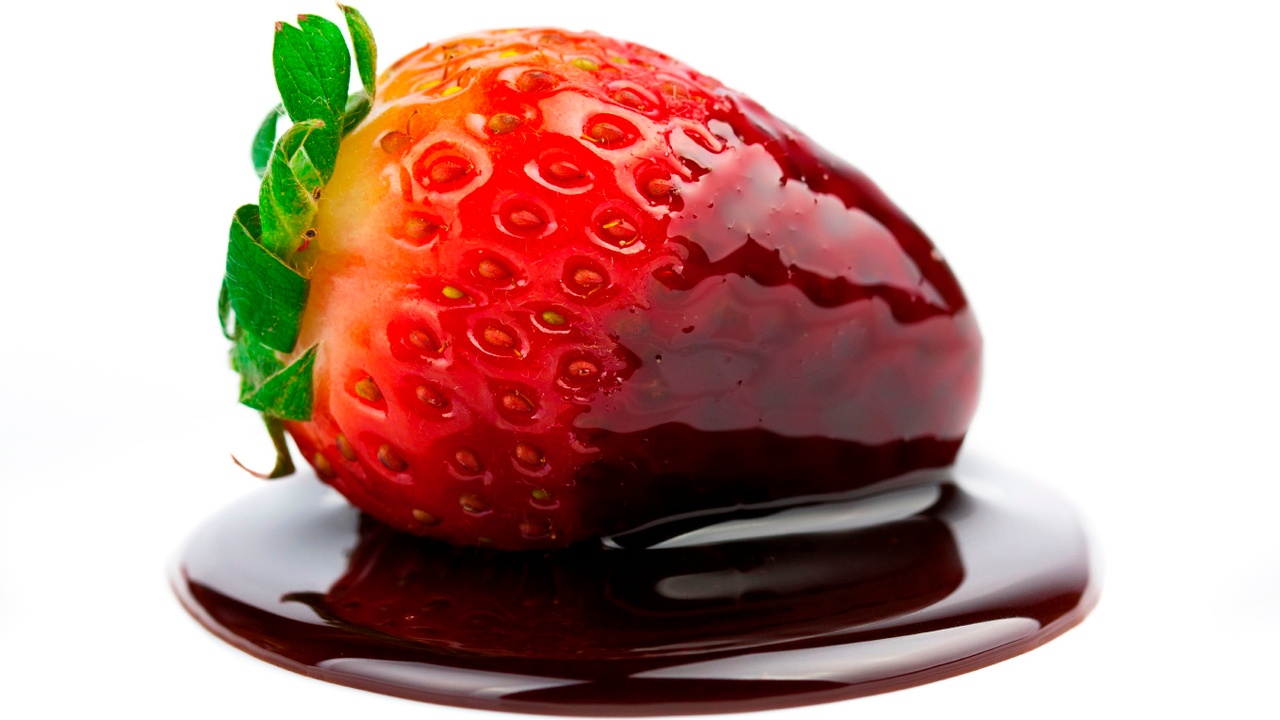
Sugar is addictive
It’s a rare person who is immune to the call of the sweet stuff when tired, stressed, fed-up or hearing that “I deserve it” inner voice. We can dismiss indulgence in cakes, biscuits and sodas as ‘treats’ but the truth is that high-sugar foods like have been shown to affect the same opioid receptors in the brain that are activated by drugs like cocaine and morphine1. With regular sugar consumption shown to create patterns of craving, bingeing and withdrawal, it has earned its growing recognition as an addictive substance as well as contributing to obesity, inflammation and chronic disease2,3,4,5,6.
Cravings for instant hits
Craving is the uncontrollable want for something immediately; as sugar in the form of glucose is our main energy source, it represents the most immediate ‘quick-fix’ when we feel an imperative to get a task done or the need to protect ourselves. Our brains are our most important survival organ and they demand a constant energy supply; if this is interrupted, ancient survival mechanisms create sugar cravings and then reward us for supplying it with a hit of the feel-good neurotransmitter dopamine7.
This vicious cycle can more easily become the norm when we are not eating enough quality protein and fats in our diets8,9,10,11. These energy-dense foods provide the building blocks for efficient brain chemistry and help slow digestion to drip-feed sugar from carbohydrates (in plant foods and dairy) to the bloodstream. This supports even sugar supplies to cells, helping relieve the ‘highs and lows’ that set off sugar cravings.
Stress and sugar cravings
Stress also contributes to this imbalance; our bodies react to any perceived danger with heightened physical changes even if we don’t play out this ‘fight-or-flight’ response. Blood sugar levels are raised to supply energy to brain and muscles and the quickest route to make more available for this protection is a sugar hit12,13.
Stress can also lower our feel-good and motivational neurotransmitters like serotonin and dopamine; both have shown to be raised in response to sugary foods and low brain levels are linked to sugar cravings14,15,16. Serotonin is also lowered with poor sunlight exposure, so if dietary factors are not ideal we may see worsened cravings in the winter.
Both stress and high-sugar foods create blood sugar spikes that provoke insulin production. This hormone delivers sugar into cells for energy but also signals fat storage over burning fat as fuel in our bodies. This is the opposite effect on body composition to the action of thermogenesis – ‘heat creation’ – which promotes production of brown fat that we use as fuel, over white fat which we store as fat cells. Eating protein (and other specific foods, see diagram) also creates this effect and makes our bodies less likely to crave quick-fix sugars as they become more energy efficient17,18.
Reduce sugar craving culprits:
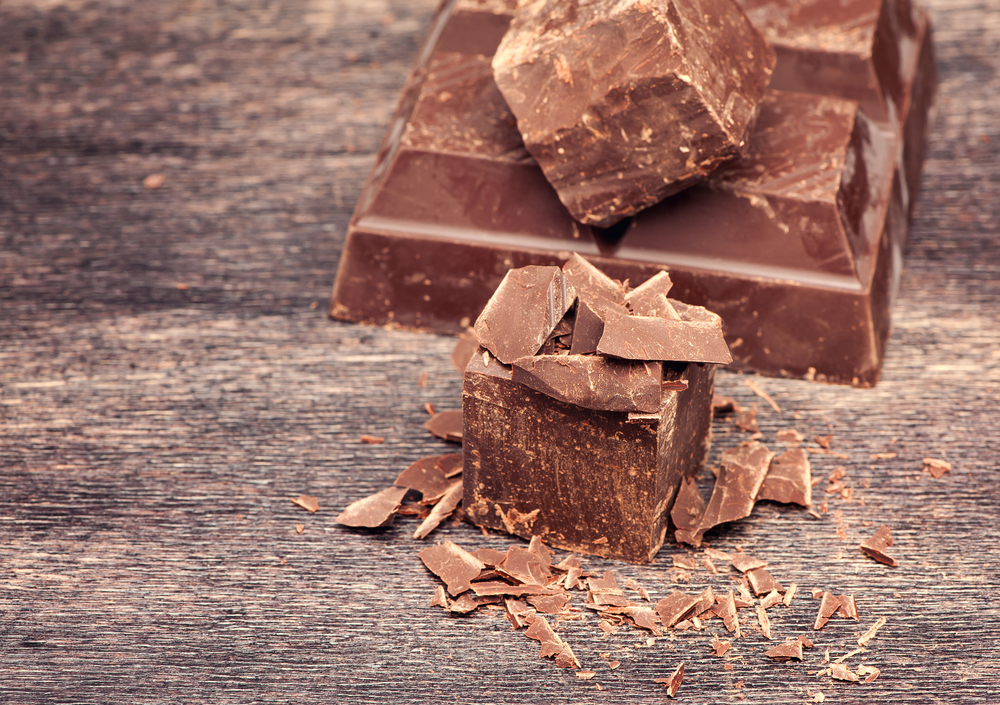
- cake, biscuits, ice cream, sweets, chocolate, sodas and alcohol
- sweeteners confuse the body by promising something sweet without providing the energy19
- stimulants like caffeine, nicotine and some recreational drugs
- for those susceptible, grains (especially wheat) and dairy may exacerbate20,21,22,23
- sedentary lifestyles equal poor insulin utilisation
- stress creates instant gratification impulses24,25,26
- low sunlight reduces our desire to move and increases our want for sugar
Increase energy & appetite regulators:
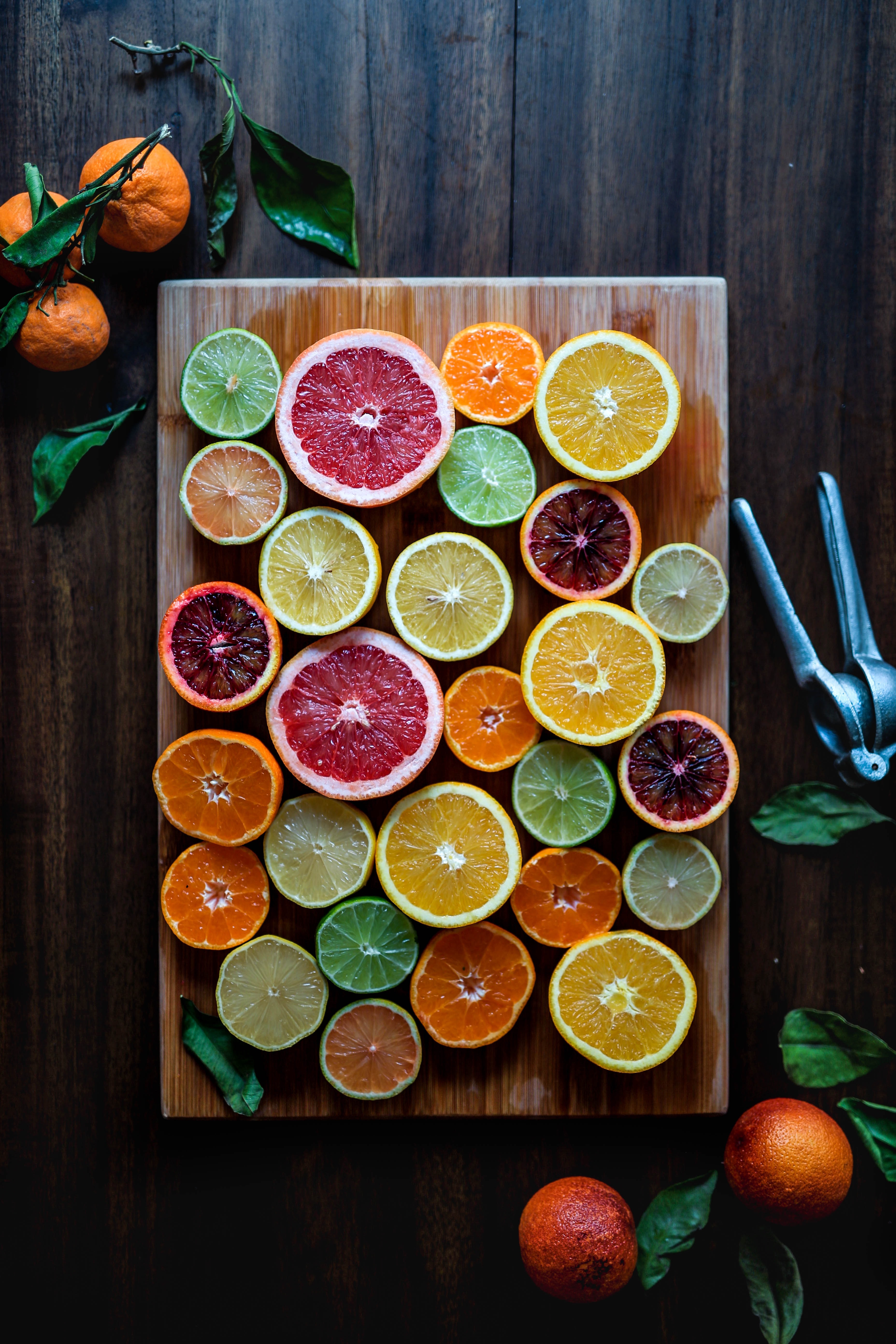
- protein with a savoury breakfast and then each meal – eggs, free-range meat, fish, nuts, goat’s or sheep’s cheese, tofu, beans27,28
- soothe brain with fats throughout the day – nuts, seeds, oily fish, olives and oil, avocado, coconut milk, whole milk Greek yoghurt29
- thermogenic foods that raise metabolism and satisfy appetite – protein, coconut, green tea, chilli, cayenne pepper, citrus, ginger, turmeric, apple cider vinegar, horseradish, wasabi, dark chocolate30,31
- mindfulness, meditation and yoga – raise calming GABA (gamma-aminobutyric acid) levels in the brain to reduce agitation, shown to be low in those with addictive tendencies32,33
- Ketogenic diets and intermittent fasting have shown to help regulate disordered blood sugar patterns
For more on Ketogenic diets, see my Natural Health Webinar on Ketogenic Diet - recording available to all Whole Health members and taster below:
Sweet Craving Solutions
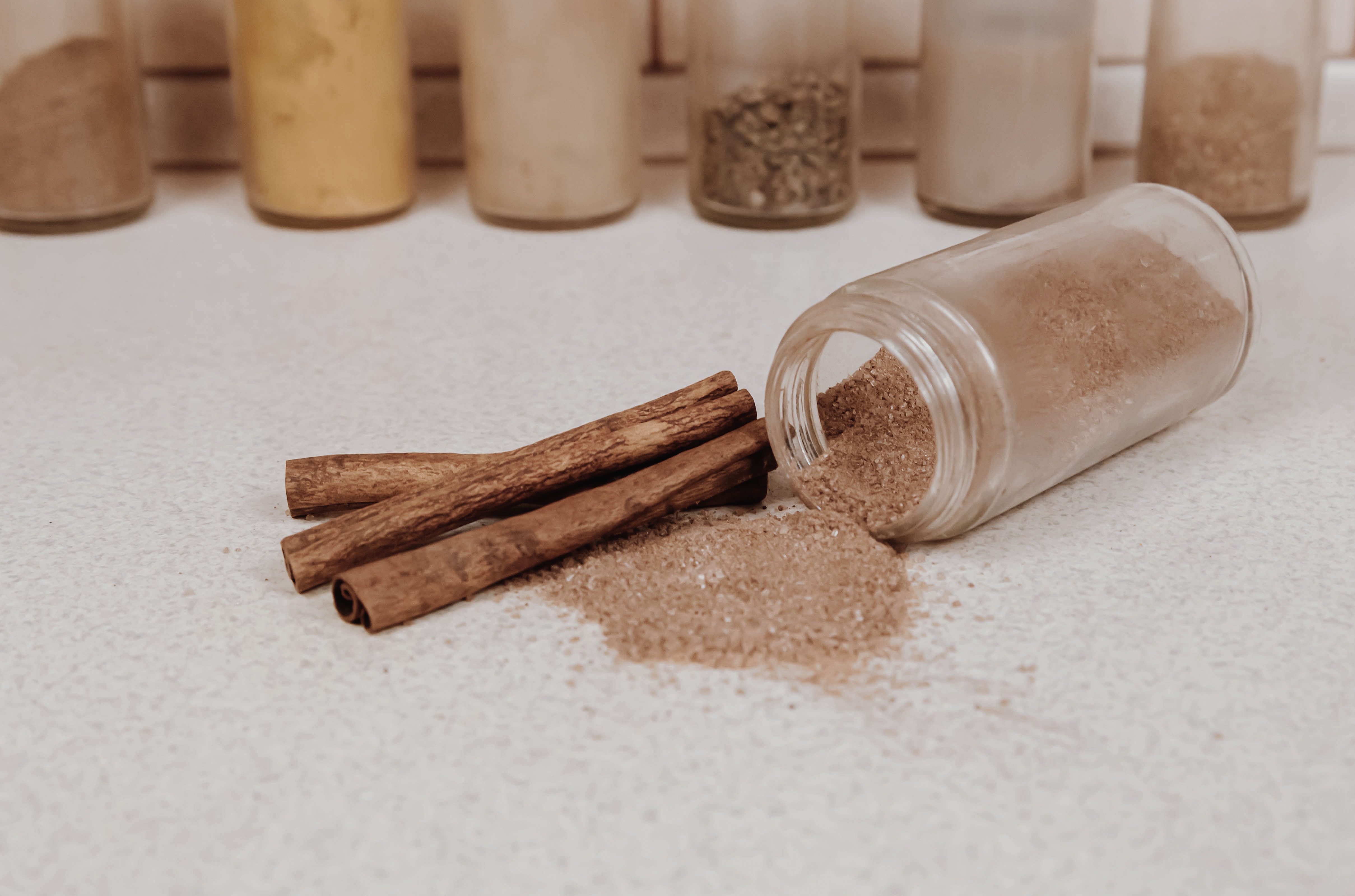
- Cinnamon – this wonder spice mimics the action of insulin to help us use energy sources more efficiently and regulate blood sugar levels; it tells the brain we have eaten something sweet so the best sugar alternative in porridge, baking etc34.
- Licorice tea – licorice has a long history as an adrenal support and may help regulate how we respond to stress; this action can energise but best in the morning as so effective it can raise blood pressure in those susceptible to high levels35.
- Coconut – we cannot store the fats in coconut but instead they raise metabolism as used immediately for energy; coconut chips make very satisfying snacks36,37.
- Berries – have shown to temper the surge of sugar that hits the bloodstream after a meal; they are a great sweet snack as we also eat the protein and oil rich seeds intact38,39.
- Dark chocolate – 40g a day has shown to help people cope with stress, making this the best regular treat to avoid less healthy choices,40.
Supplements to support dietary changes*
- Dedicated blood sugar regulating supplements may help break craving cycles – the glucose tolerance factor (GTF) mineral chromium is often formulated with synergistic nutrients zinc, magnesium, selenium, molybdenum and vitamin B6; found in protein foods and depleted by stress41,42. Others included may be co-enzyme Q10, alpha lipoic acid and glutathione.
- Low omega 3 oils in modern diets have been linked to low serotonin levels and therefore sugar cravings. Supplementing these as fish oils, krill oil or in algae form has shown to support our cannabinoid brain reward systems and so may stop us turning to sugar for a beta-endorphin rush43,44,45.
- Plants with long traditional use, increasing evidence and use in supplements and as food for glucose regulation include cinnamon, fenugreek, green tea, turmeric and garlic46,47,48,49,50.
Whole Health members receive a 20% discount on all supplements from my health shop.
The bottom line is that we don’t need any refined sugars in our diets – they are modern, man-made substances and need to be reserved as occasional treats. When eating them becomes a habit and we feel we need them to feel energised or ‘normal’ we can make steps to break these cycles. If we can support ourselves nutritionally and decrease stress, we may me more able to handle the odd sugary treat without it taking over control of our brain chemistry51,52.
* discuss with your medical advisor and do not stop any conventional medication without their advise
A version of this article was first published in the autumn 2012 issue of Optimum Nutrition magazine.
References:
- Avena NM, Hoebel BG (2003). A diet promoting sugar dependency causes behavioral cross-sensitization to a low dose of amphetamine. Neuroscience; 122:17-20.
- Avena NM, Rada P, Hoebel BG (2008). Evidence for sugar addiction: Behavioral and neurochemical effects of intermittent, excessive sugar intake. Neuroscience and Biobehavioral Reviews; 32:20–39.
- Ifland JR, Preuss HG, Marcus MT, Rourke KM, Taylor WC, Burau K, Jacobs WS, Kadish W, Manso G (2009). Refined food addiction: a classic substance use disorder. Med Hypotheses; 72:518-526.
- Avena NM (2007). ‘Examining the addictive-like properties of binge eating using an animal model of sugar dependence’, ExpClinPsychopharmacol; 15:481–491.
- Carrera-Bastos P, Fontes Villalba M, O’Keefe JH, Lindeberg S, Cordain L (2011). The western diet and lifestyle and diseases of civilization, Res Rep ClinCardiol; 2:215–235.
- O’Dea K (1991). Westernisation, insulin resistance and diabetes in Australian aborigines. Med J Aust; 155:258–264.
- Rada P, Avena NM, Hoebel BG (2005). Daily bingeing on sugar repeatedly releases dopamine in the accumbens shell. Neuroscience; 134:737–744.
- O’Dea K (1984). Marked improvement in carbohydrate and lipid metabolism in diabetic Australian aborigines after temporary reversion to traditional lifestyle. Diabetes; 33:596–603.
- Hite AH (2011). Low-Carbohydrate Diet Review: Shifting the Paradigm. NutrClinPract; 26:300–308.
- Paddon-Jones D, Westman E, Mattes RD, Wolfe RR, Astrup A, Westerterp-Plantenga M (2008). Protein, weight management, and satiety. Am J Clin Nutr; 87:1558S-1561S.
- Yin X, Li Y, Xu G, An W, Zhang W (2009). Ghrelin fluctuation, what determines its production? ActaBiochimBiophys; 41:188–197.
- Warne JP (2009). Shaping the stress response: interplay of palatable food choices, glucocorticoids, insulin and abdominal obesity. Mol Cell Endocrinol; 300:137–146.
- Pecoraro N, Reyes F, Gomez F, Bhargava A, Dallman MF (2004). Chronic stress promotes palatable feeding, which reduces signs of stress: feedforward and feedback effects of chronic stress. Endocrinology; 145:3754–3762.
- Leonard BE (2005). The HPA and immune axes in stress: the involvement of the serotonergic system. Eur Psychiatry; 20:S302–306.
- Bulwa ZB, Sharlin JA, Clark PJ, Bhattacharya TK, Kilby CN, Wang Y, Rhodes JS (2011). Increased consumption of ethanol and sugar water in mice lacking the dopamine D2 long receptor. Alcohol; 45:631-639.
- Fortuna JL (2012). The obesity epidemic and food addiction: clinical similarities to drug dependence. J Psychoactive Drugs; 44:56-63.
- Halton TL, Hu FB (2004). The Effects of High Protein Diets on Thermogenesis, Satiety and Weight Loss: A Critical Review. J Am CollNutr; 23:373–385.
- Vinknes KJ, de Vogel S, Elshorbagy AK, Nurk E, Drevon CA, Gjesdal CG, Tell GS, Vollset SE, Refsum H (2011). Dietary Intake of Protein Is Positively Associated with Percent Body Fat in Middle-Aged and Older Adults. J. Nutr; 141:440–446.
- Yang Q (2010). Gain weight by “going diet?” Artificial sweeteners and the neurobiology of sugar cravings. Yale J Biol Med; 83:101–108.
- Jönsson T, Ahrén B, Pacini G, Sundler F, Wierup N, Steen S, Sjöberg T, Ugander M, Frostegård J, Göransson L, Lindeberg S (2006). A Paleolithic diet confers higher insulin sensitivity, lower C-reactive protein and lower blood pressure than a cereal-based diet in domestic pigs. Nutr Metab (Lond); 3:39.
- Lindgärde F (2004). Traditional versus agricultural lifestyle among Shuar women of the Ecuadorian Amazon: effects on leptin levels. Metabolism; 53:1355-1358.
- Jönsson T, Olsson S, Ahrén B, Bøg-Hansen TC, Dole A, Lindeberg S (2005). Agrarian diet and diseases of affluence – Do evolutionary novel dietary lectins cause leptin resistance? BMC Endocrine Disorders; 5:10.
- Hoppe C, Mølgaard C, Vaag A, Barkholt V, Michaelsen KF (2005). High intakes of milk, but not meat, increase s–insulin and insulin resistance in 8-year-old boys. Eur J ClinNutr; 59:393–98.
- Anderson DC (2008). Assessment and nutraceutical management of stress-induced adrenal dysfunction. Integrative Medicine; 7:18–25.
- Weingarten HP, Elston D (1991). Food cravings in a college population. Appetite; 17:167–75
- Strack F, Deutsch R (2004). Reflective and Impulsive Determinants of Social Behaviour. Personality and Social Psychology Review; 8:220–47.
- Blom WA, Lluch A, Stafleu A, Vinoy S, Holst JJ, Schaafsma G, Hendriks HF (2006). Effect of a high-protein breakfast on the postprandial ghrelin response. Am J Clin Nutr; 83:211-220.
- Larsen TM, Dalskov SM, van Baak M, Jebb SA, Papadaki A, Pfeiffer AF, Martinez JA, Handjieva-Darlenska T, Kunešová M, Pihlsgård M, Stender S, Holst C, Saris WH, Astrup A; Diet, Obesity, and Genes (Diogenes) Project (2010). Diets with high or low protein content and glycemic index for weight-loss maintenance. N Engl J Med; 363:2102–13.
- Bocarsly ME, Berner LA, Hoebel BG, Avena NM (2011). Rats that binge eat fat-rich food do not show somatic signs or anxiety associated with opiate-like withdrawal: Implications for nutrient-specific food addiction behaviors. PhysiolBehav; 104:865-72.
- Hursel R, Westerterp-Plantenga MS (2010). Thermogenic ingredients and body weight regulation. Int J Obes; 34:659–69.
- Diepvens K, Westerterp KR, Westerterp-Plantenga MS (2007). Obesity and thermogenesis related to the consumption of caffeine, ephedrine, capsaicin, and green tea. Am J PhysiolRegulIntegr Comp Physiol; 292:R77–85
- 32. Streeter CC (2007). Yoga Asana Sessions Increase Brain GABA Levels: A Pilot Study. J Altern Complement Med; 13:419–426.
- Chen KW, Berger CC, Manheimer E, Forde D, Magidson J, Dachman L, Lejuez CW (2012). Meditative therapies for reducing anxiety: a systematic review and meta-analysis of randomized controlled trials. Depress Anxiety; 29:545-62.
- Jarvill-Taylor KJ, Anderson RA, Graves DJ (2001). A hydroxychalcone derived from cinnamon functions as a mimetic for insulin in 3T3-L1 adipocytes. J Am Coll Nutr; 20:327-336.
- Al-Qarawi AA, Abdel-Rahman HA, Ali BH, El Mougy SA (2002). Liquorice (Glycyrrhiza glabra) and the adrenal-kidney-pituitary axis in rats. Food Chem; 40:1525–1527.
- Papamandjaris AA, MacDougall DE, Jones PJ (1998). Medium chain fatty acid metabolism and energy expenditure: obesity treatment implications. Life Sci; 62:1203-1215.
- Hauenschild A, Bretzel RG, Schnell-Kretschmer H, Kloer HU, Hardt PD, Ewald N (2010). Successful treatment of severe hypertriglyceridemia with a formula diet rich in omega-3 fatty acids and medium-chain triglycerides. Ann Nutr Metab; 56:170-175.
- Manzano S, Williamson G (2010). Polyphenols and phenolic acids from strawberry and apple decrease glucose uptake and transport by human intestinal Caco-2 cells. Molecular Nutrition & Food Research; 54:1773–1780.
- Törrönen R, Sarkkinen E, Tapola N, Hautaniemi E, Kilpi K, Niskanen L (2010). Berries modify the postprandial plasma glucose response to sucrose in healthy subjects. Br J Nutr; 103:1094-1097.
- Martin FP, Rezzi S, Peré-Trepat E, Kamlage B, Collino S, Leibold E, Kastler J, Rein D, Fay LB, Kochhar S (2009). Metabolic Effects of Dark Chocolate Consumption on Energy, Gut Microbiota, and Stress-Related Metabolism in Free-Living Subjects. J. Proteome Res; 8:5568–5579.
- Liu J, Bao W, Jiang M, Zhang Y, Zhang X, Liu L (2012). Chromium, selenium, and zinc multimineral enriched yeast supplementation ameliorates diabetes symptom in streptozocin-induced mice. Biol Trace Elem Res; 146:236-45.
- Anderson DC (2008). Assessment and nutraceutical management of stress-induced adrenal dysfunction. Integrative Medicine; 7:18–25.
- Piscitelli F, Carta G, Bisogno T, Murru E, Cordeddu L, Berge K, Tandy S, Cohn JS, Griinari M, Banni S, Di Marzo V (2011). Effect of dietary krill oil supplementation on the endocannabinoidome of metabolically relevant tissues from high-fat-fed mice. NutrMetab; 8:51.
- Bradbury J (2011). Docosahexaenoic acid (DHA): an ancient nutrient for the modern human brain. Nutrients; 3:529-554.
- Kidd PM (2007). Omega-3 DHA and EPA for cognition, behavior, and mood: clinical findings and structural-functional synergies with cell membrane phospholipids. Altern Med Rev; 12:207-227.
- Zhou J, Chan L, Zhou S (2012). Trigonelline: a plant alkaloid with therapeutic potential for diabetes and central nervous system disease. Curr Med Chem; 19:3523-3531.
- Ortsäter H, Grankvist N, Wolfram S, Kuehn N, Sjöholm A (2012). Diet supplementation with green tea extract epigallocatechin gallate prevents progression to glucose intolerance in db/db mice. Nutr Metab (London); 9:11.
- Lekshmi PC, Arimboor R, Indulekha PS, Nirmala Menon A (2012). Turmeric (Curcuma longa L.) volatile oil inhibits key enzymes linked to type 2 diabetes. Int J Food Sci Nutr; [Epub ahead of print]
- Ballali S, Lanciai F (2012). Functional food and diabetes: a natural way in diabetes prevention? Int J Food Sci Nutr; 63:51-61.
- Thomson M, Al-Qattan KK, Bordia T, Ali M (2006). Including Garlic in the Diet May Help Lower Blood Glucose, Cholesterol, and Triglycerides1–3. J.Nutri; 136:800S-802S.
- Erlanson-Albertsson C (2005). Sugar triggers our reward-system. Sweets release opiates which stimulates the appetite for sucrose—insulin can depress it. Lakartidningen; 102:1620-1622.
- Wideman CH, Nadzam GR, Murphy HM (2005). Implications of an animal model of sugar addiction, withdrawal and relapse for human health. Nutr Neurosci; 8:269-276.

